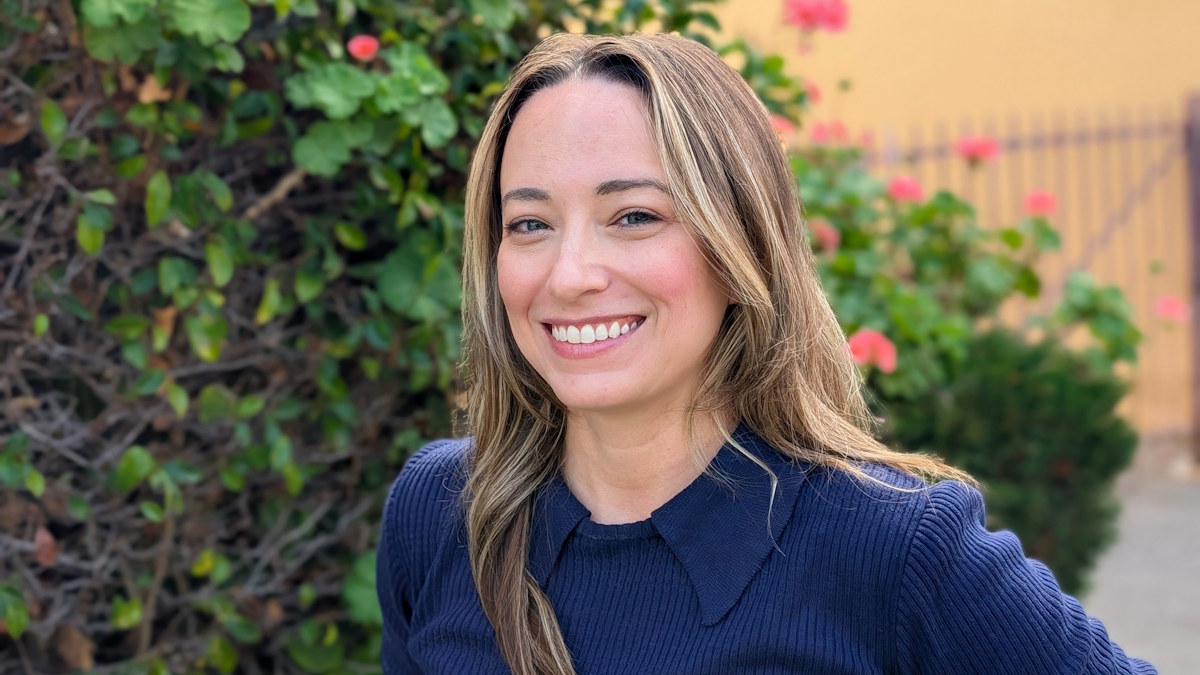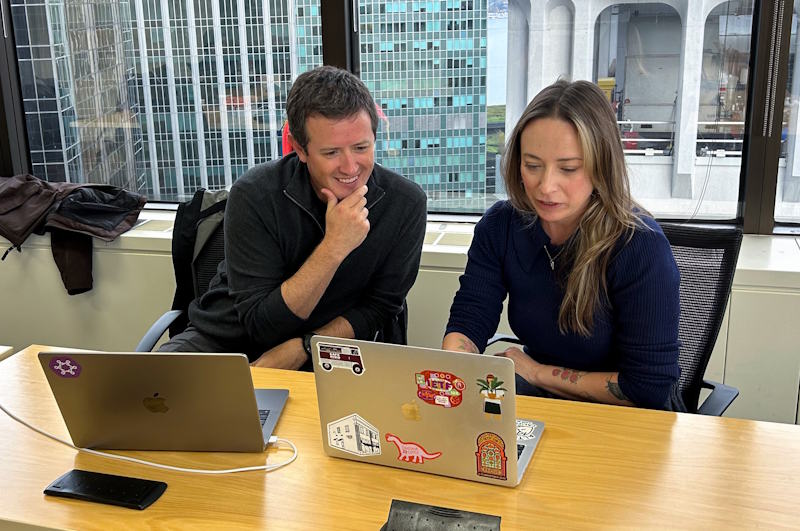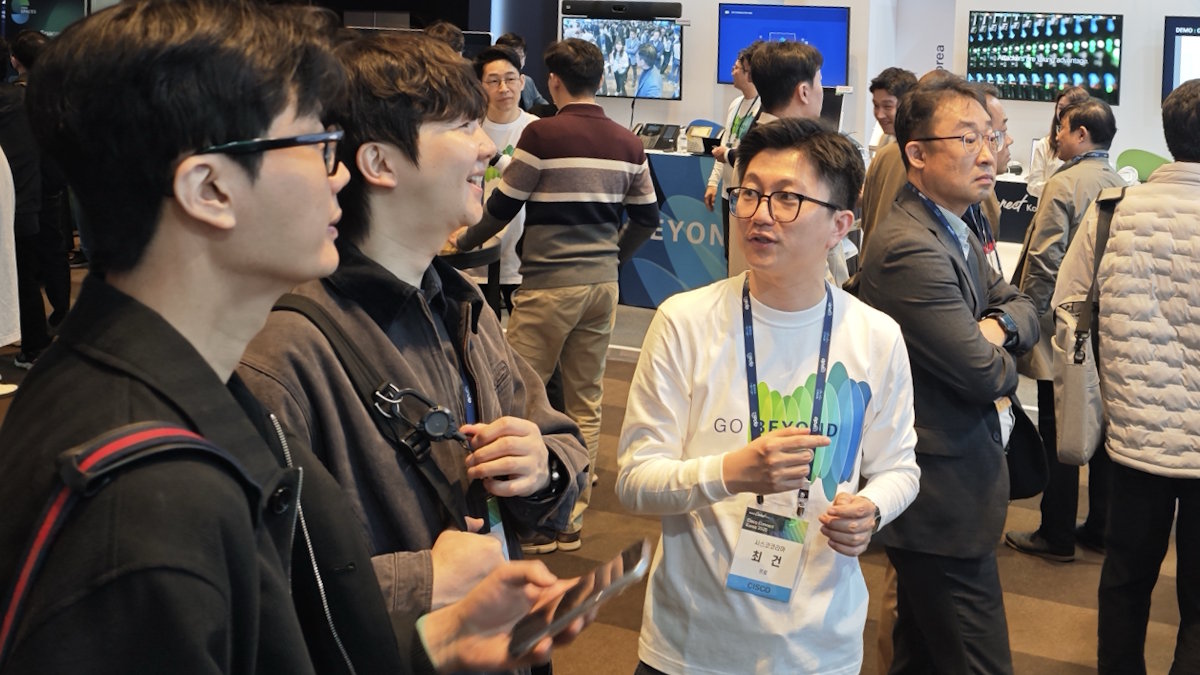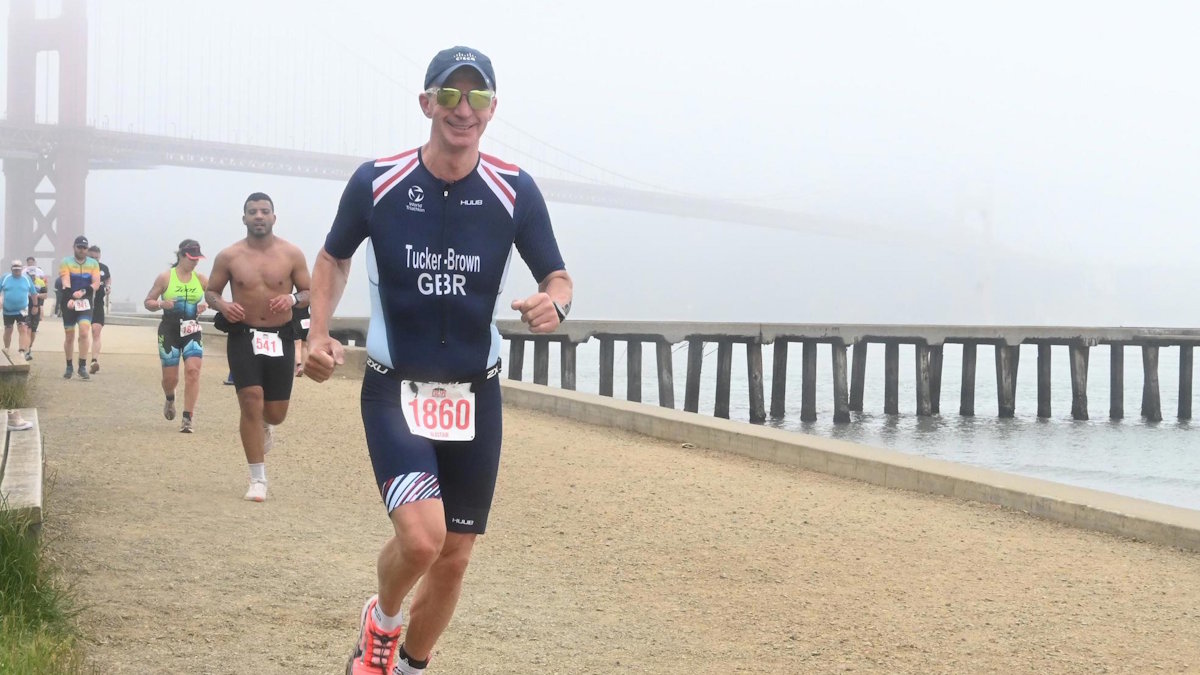Anyone Can Be a Patent Author. Yes, Really!

4 Minute Read · 6 Minute Listen
To the non-technical among us — the program managers, the executive assistants, the business development managers, and the content writers (like me): This story is for you.
When I joined Cullen Jenning’s CTO team in 2022, I expected to tell stories, not invent things. At my first offsite, Cullen urged everyone on the team to aim for authorship on a patent.
Surely, I thought he only meant the engineers on our team. Not me.
“And if you think I don’t mean you,” he added, “I do.”
That’s wildly aspirational, I thought. But I was curious: Could I actually contribute something patent-worthy in a space in which I’m not a technical expert?
It turns out, yes. You don’t need to understand exactly how everything works to add value. You just need curiosity and a willingness to problem-solve.
If you’re interested in inventing, here’s how I — someone with no engineering background — became patent-pending at Cisco:
Step 1: Find a team where innovation thrives
Cisco has a legal process for filing a patent. So finding a supportive, innovative team — especially for non-technical employees — is essential. Even before I was hired, I could tell innovation was woven into my team’s culture. Cullen urges everyone to invent.
“In my experience, no one believes or thinks they are an inventor,” Cullen wrote earlier this year.
“Non-engineers on my team assume that you must be an engineer to invent something. The junior engineers think you must be very senior to go through the process. Meanwhile, those senior engineers often think that the entrepreneurial types are more likely to have new ideas worth patenting.”
But, he says, we are all inventors.
Step 2: Be part of the problem-solving
After that offsite, I was determined to learn more about the inventing and patent process. I told Distinguished Engineer Richard Barnes, who invited me to a brainstorm related to Messaging Layer Security (MLS) — the end-to-end encryption security protocol he helped develop, which now powers Webex Zero Trust Meetings. I wrote about this before, so I had some familiarity.
When you join an MLS-enabled Webex call, your computer downloads credentials for all participants. While that happens, the call view is just rows of black boxes. Depending on your network and the number of participants, this delay can be significant. We were brainstorming ways to reduce that lag.

Step 3: Speak up
I was the only non-engineer in the meeting, and most of the participants’ ideas went over my head. That intimidated me, I’ll admit.
Still, I spoke up: What if my computer remembered the credentials of anyone I’d recently met with? It didn’t seem necessary to re-verify someone I had just spoken to. Even this small reduction in lag could make a difference.
I didn’t realize it at the time, but, as Cullen says, “Combining two different techniques to solve a problem is patentable.” Understanding what parts of the MLS protocol were needed to build trust and how those could be cached across calls turned out to be a patentable innovation.
Step 4: Complete Cisco’s patent filing process
Next, we submitted our idea through Cisco’s Intellectual Property Online (CIPOL) tool. Richard and I drafted a summary, outlined technical ways to cache credentials on MLS calls, and researched prior researched existing solutions to make sure our idea was unique.
Before submitting, we joined a Collab Patentathon, where mentors gave feedback to strengthen our application. The CIPOL review committee agreed that our invention was patent worthy, and we connected with lawyers to draft the official patent application.
Meeting with lawyers was eye-opening. Our brief two-page idea came back to us as a 40-page legal document!
After a few rounds of review, our application was filed with the U.S. Patent and Trademark Office. I was officially patent-pending. It will likely take a couple of years before the patent is awarded.
How does this benefit me?
Being named an inventor on a patent as a non-technical employee makes me a standout. It shows I’m a problem-solver and willing to share ideas outside my comfort zone. Honestly, it proves I have a cool job at Cisco.
There’s another perk. Cisco awards bonuses for patent filings, which I used towards a trip to Colombia later that year.
So, what will you invent? Learn more about how to make it happen by following Cullen’s guide to patenting an invention.
Related links



